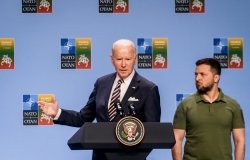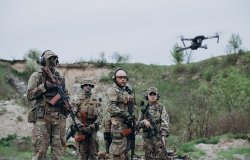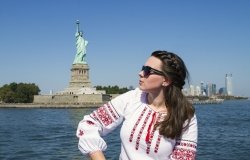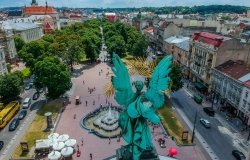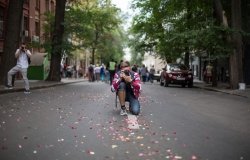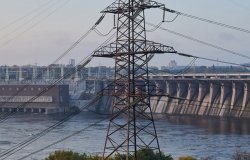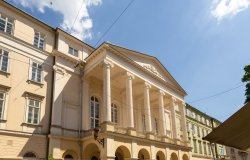
A blog of the Kennan Institute
You Can Take the Boy from Kyiv but You Can’t Take Kyiv from the Boy
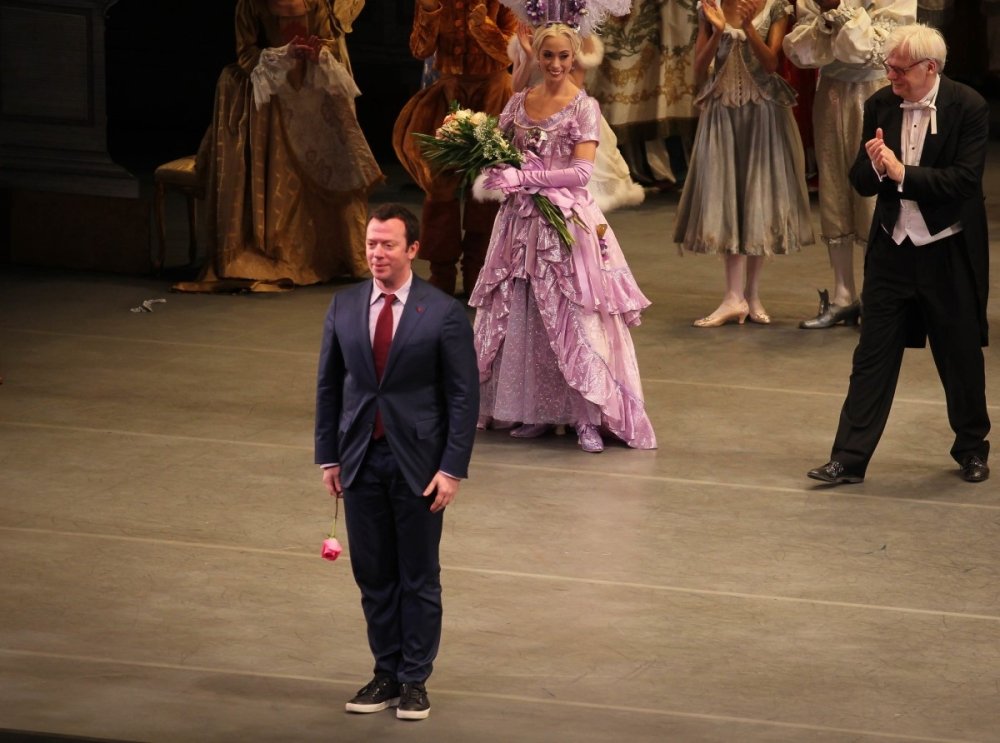
Alexei Ratmansky, American Ballet Theatre, Sleeping-Beauty, May 29, 2015 by Flickr.com/Kent G Becker (CC BY-NC-ND 2.0 Deed)
Like all international icons, choreographer Alexei Ratmansky transcends national labels. Having grown up in Kyiv, he trained in Moscow before returning to hometown to dance. Later he became a star lead with the Royal Winnipeg Ballet before dancing and later choreographing for seemingly every major ballet company in the world. He spent time as director of Moscow’s Bolshoi Ballet, and had returned there to choreograph a new work when Russia launched its full-scale invasion in February 2022. He left the country the next day.
The current war cemented Ratmansky’s identity as Ukrainian. As he has noted, not only did he spend much of his childhood in the Ukrainian capital, but his parents still live there. Marina Harss’s recent biography of the choreographic megastar, The Boy from Kyiv, makes his connection to the place clear. Despite President Putin’s proclamation that there is no such thing as Ukraine, the people he studied and worked with over many years in Moscow had no doubt. Ratmansky remained an outsider within the cloistered world of Russian ballet. He was, and forever will be, “the Boy from Kyiv.”
Ratmansky seemed to be running too fast to worry about any label prior to 2022. He had projects everywhere, much to the dismay of some balletomanes who didn’t always appreciate his style. After 2022, Ratmansky left no doubt that he is Ukrainian. He proudly stood center stage waving a Ukrainian flag during curtain calls for the provisional United Ukrainian Ballet’s world tour of Giselle.
Ratmansky marked one of the most important evenings of his career in February. For his debut as artist in residence at the prestigious New York City Ballet (one of the top five companies in the world) he created an emotionally wrenching new ballet about the current war, Solitude. As New York Times reviewer Gia Kourlas wrote, “dancers waver and buckle as inner and outer forces wreak havoc on their bodies. Within this stark, dark universe, set to music by Gustav Mahler, bodies live on the edge, leaning and bending precariously as they fight for equilibrium. They are disjointed, their body parts at odds with one another. Spines twist deeply, as if wringing out the torso could also unleash the rawest pain.”
At the center kneels a solitary man—Gordon—wearing an army-green President Zelensky-styled turtleneck. He is motionlessly holding the hand of his dead son. Dancers spiral across the stage, with pairs reaching out to others but never finding solace. Gordon suddenly springs into the air with a solo of swift jumps, drifting across the stage as if a ghost. His grief is overwhelming.
Ratmansky based his ballet on a photograph of the body of a 13-year-old boy killed at a bus stop in Kharkiv, his father holding his hand for hours. The ballet master brings the father’s lament—and the horror of war—chillingly to stage.
At the close of her biography of the choreographer, Harss observes that “something in him has cracked open” with the war. Ratmansky was no longer the superstar of the international ballet world; he now felt connected to place (specifically New York and Kyiv). He has become fully Ukrainian. “Meanwhile,” Harss continues, “this new sense of love and allegiance and responsibility toward Ukraine has led Ratmansky back to a place that, in a way, he is only now discovering.” As Harss recounts, Ratmansky told an interviewer in mid-2022 that “‛My identity is really broken,’ so ‘I will need to find a way to glue it all together.’”
Ratmansky’s need to put various parts of his identity back together is shared by thousands of his compatriots who now find a world in which their Ukrainianness matters more than they ever imagined it would. Like so many émigré artists before, Ratmansky gives voice to the constant uncertainty of expatriation. His work makes clear that Ukraine exists within displaced Ukrainians, waiting to be bonded back together once this catastrophic war ends.
The opinions expressed in this article are those solely of the author and do not reflect the views of the Kennan Institute.
See our newest content first.
Subscribe to receive the latest analysis from Focus Ukraine
About the Author

Blair A. Ruble
Former Wilson Center Vice President for Programs (2014-2017); Director of the Comparative Urban Studies Program/Urban Sustainability Laboratory (1992-2017); Director of the Kennan Institute for Advanced Russian Studies (1989-2012) and Director of the Program on Global Sustainability and Resilience (2012-2014)

Kennan Institute
The Kennan Institute is the premier US center for advanced research on Russia and Eurasia and the oldest and largest regional program at the Woodrow Wilson International Center for Scholars. The Kennan Institute is committed to improving American understanding of Russia, Ukraine, Central Asia, the Caucasus, and the surrounding region though research and exchange. Read more
